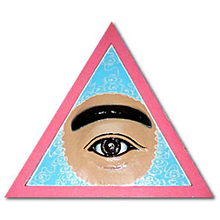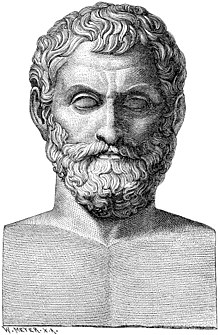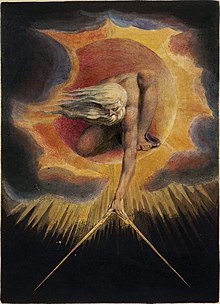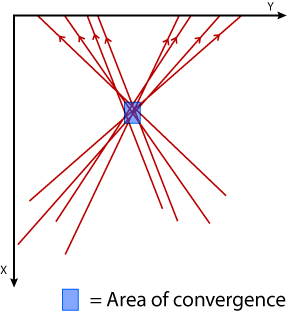
New religious movements have never had it easy. Historically, they have been met with skepticism, anger and scorn by those of more mainstream faiths, but have none the less continued to arise at a steady clip for as long as the concept of religion has existed. While all of the major religious movements began at this stage at one time, the reality is that most budding religions die out (or are stamped out) before they ever get the chance the gain traction outside of their first few groups of followers. It may be the government, other religions or simple disinterest that finally does them in, but for those that can survive past their founding phase, a never ending battle for relevance and existence awaits. While many new religious movements of the modern day have been labeled cults or suffered damaging exposes and defections, the best example being Scientology, there are a handful that have gained decent traction in certain parts of the world and seem like they may have staying power. Below are six of these new religious movements, along with an overview of their history and basic beliefs. Enjoy.
1. Caodaism
Caodaism is a Vietnamese religious movement that blends elements of Christianity, Buddhism and traditional Vietnamese beliefs. The religion was founded in 1926 after the founder, Le Van Trung, claimed that several local mediums had contacted god, an entity that identified itself as Cao Dai, and revealed the blueprint for a new religion to them. Along with twenty seven others, Le Van Trung grew the movement to around a million people by 1940. Subsequent conflicts with the French and then the Communists drove the movement underground by the mid-seventies. It has only been since 1997 that the religion has again been given legal recognition.
The official name of the religion roughly translates to ‘The Third Great Universal Religious Amnesty’, a title that reflects Caodaists belief that we are currently living in a period of intense religious activity that they believe will ultimately lead to a period of divinely inspired human unification and peace. Cao Dai is god in their cosmology and he rules over the 36 planes of heaven, 10 realms of hell, 72 planets, 3000 worlds and 4 cosmic regions. He and Duc Phat Man, the Holy Mother, are the divine representations of the forces of yin and yang, with Cao Dai also representing the heart of the universe and the Holy Mother being considered the giver of form, consciousness and emotion. The Caodaists also believe in bodiless spirits that serve as communicators of god’s will and a pantheon of Saints that include Mohammad, Jesus, Buddha, Shakespeare, Louis Pasteur, Victor Hugo and Joan of Arc. A devote member of the faith professes to renounce materialism, take responsibility for the well being of those around them, venerate their ancestors and Cao Dai, and regard the soul of every living thing as part of Cao Dai. One of their most important symbols is the divine eye, an image meant to remind them that Cao Dai is always watching them and present in their lives.
The religion itself is organized much like the Catholic Church. There are priests, bishops, cardinals and even a pope who resides in his own Holy See northwest of Saigon. Communities with at least five hundred members justify the construction of a temple. Caodaists are expected to worship four times a day, either at the local temple or at home at their personal altar, and worship sessions generally consist of prayers to Cao Dai and offerings to one’s ancestors. Caodaists believe that men and women should hold equal places in society, though they do not let women in the highest ranks of the clergy since, in their belief system, Yang (male) cannot be dominate by Yin (female). The exact number of total Caodaists is unknown, but the Vietnamese government claims it is somewhere between four and six million people in Vietnam. The number outside of the country is small, only in the tens of thousands, if that, and it seems that Caodaism, while not in danger of dying out in the immediate future, holds little chance of spreading outside of Southeast Asia.














